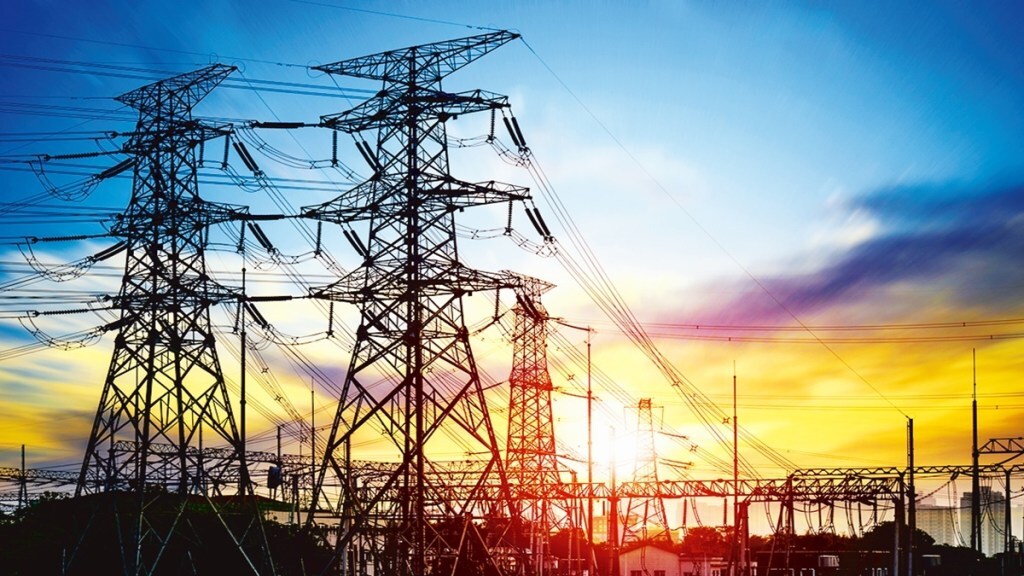By Khyati Singh
The changing nature of attacks has also modified or at least put at risk a range of infrastructures that were earlier immune from the ambit of warfare. This includes what modern warfare scholars have called ‘critical infrastructure’. Any attack on them disrupts the entire security line and has a domino effect. The US Department of Homeland Security’s CISA Cyber+ Infrastructure has identified 16 critical infrastructures that form the bedrock of any nation’s security. This includes the chemical sector, commercial facilities sector, communications sector, critical manufacturing sector, dams’ sector, defence industrial base sector, emergency services sector, energy sector, financial services sector, food and agriculture sector, government facilities sector, healthcare and public health sector, information technology sector, nuclear reactors, materials, and waste sector, transportation systems sector, and water and wastewater systems sector.These critical infrastructures are exposed to risk, especially in the wake of Artificial Intelligence (AI). AI helps them to combat these challenges and puts them at the risk of an adversary based on which party has it.
Also Read: Dunzo to collab with SHIELD, a global risk intelligence platform for improving cyber security
Power grid failure is linked to the core drivers of a country. It has a direct impact on the economy, national security, healthcare system, industrial setups, and households.AI has been a foundational factor in the power grid system as its capacity to decode the usage pattern data, and thereafter, submit an exact calculation of demand redefines the technology grid. It can at once examine a range of data across various plants to forecast the availability of surplus energy or the need for charging the batteries.These features were further enhanced by China’s state-owned power grid firm, which recently launched one of the finest AI systems for electricity distribution. A usual community blackout would take nearly six to ten hours to fix, but with the support of the AI system, the time has been brought down to merely three seconds.This remarkable feat helps China gain an edge over its adversary during wartime.
The test run, which lasted for nearly a month, was conducted in Urumqi in the Xinjiang region at Qitailu, which is a residential community and is home to more than 200 families. The reports displayed the effectiveness with which it could revamp the system.The power grid provided each sensor with a brain of its own, which allowed it to perform the cognitive task of deciding the power routes without any form of human intervention. In case of any breakage in the system, or any equipment failure that might happen due to the fluctuations in the voltage distribution, the system was capable of self-healing itself. It would automatically trace the location, fix the fault, and restore power. All of it in less than five seconds, the human parallel of which is roughly eight hours. China plans to install this AI-powered grid throughout the country. China has been using AI in its electricity operations for years now.It produces a third of the world’s electricity. Albeit, the AI systems that were already in place had basic functions like outage prevention,they were largely limited to industrial usage,thus limiting its users. Whereas, the current changes and advancements introduce AI into residential communities where the number of end users is massive. Hence, it becomes a game changer.
The traditional grid systems in place generate a huge amount of error codes in case of a blackout. The human incharge of fixing the error must devise a solution based on the limited information that s/he can access. On the other hand, AI makes use of natural language processing that helps it comprehend the textual codes and explanation of the error codes. Therefore, devising a solution, in this case, becomes easy and quick. In addition, it also considers previous blackouts and tries to decode the patterns they had. This allows it to make a solution that is more reliable and full proof.Data is the food that AI thrives on, and the more it is fed, the better it grows. By introducing AI power grids into more residential communities, the entire line of the chain improves.
Also Read: Elon Musk to introduce a new AI named TruthGpt
AI can also protect power grids from cyber-attacks. It would require unique cyber-physical security skills along with advanced mechanisms and tools to detect and mitigate the attack in a timely fashion. The solution majorly relies on strong communication networks and intelligent devices that can give important data quickly. For this, AI is the best solution. Its cognitive ability and data interpretation allow it to address the adversary before the risk escalates.
India witnessed a power grid failure in 2012.It took roughly ten to sixteen hours to fix the faults. Ever since then, India has come a long way in its operations but still relies heavily on traditional methods. This exposes it to the direct risk of a terrorist attack on its power grid. Hence, it is crucial to invest in the concerned sector and look for ways to integrating AI into everyday affairs to counter the mounting challenges and address the changing nature of security challenges.
The author is a Research Associate at the Centre for Air Power Studies. She is also a Doctoral Candidate at the Centre for US Studies, SIS, JNU.
Disclaimer: Views expressed are personal and do not reflect the official position or policy of Financial Express Online. Reproducing this content without permission is prohibited.


